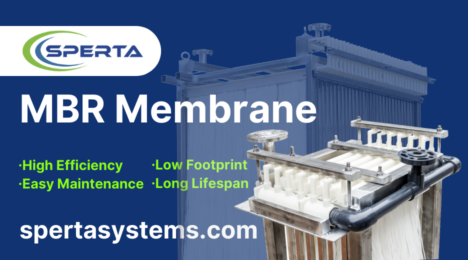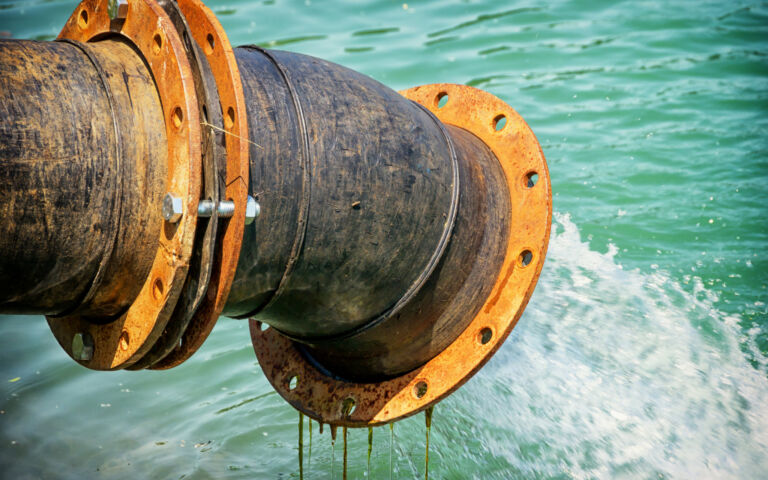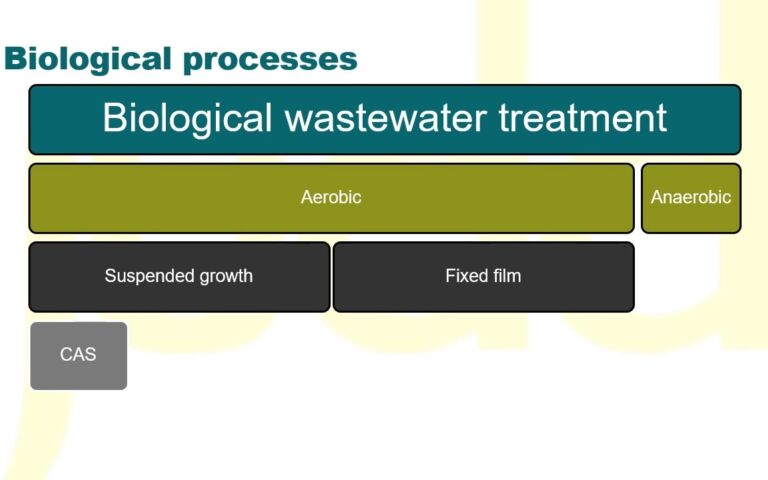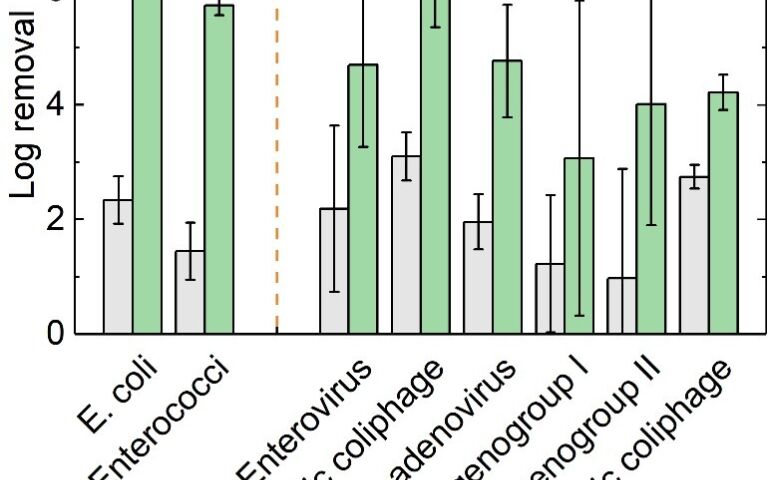Algal bioreactors: how green?

Simon Judd has over 35 years’ post-doctorate experience in all aspects of water and wastewater treatment technology, both in academic and industrial R&D. He has (co-)authored six book titles and over 200 peer-reviewed publications in water and wastewater treatment.
Of the many research areas I have blindly stumbled into over the course of a chequered 30-year tenure (since first embarking on a PhD in the mid 80s), it is perhaps the most recent foray into algal photobioreactors (PBRs) which has been the most educative.
Fortune has smiled very kindly on me in the shape of Hussein Znad’s group at Curtin University, and his highly intelligent and industrious student Ahmed Al Ketife, a collaboration which has thus far spawned two draft papers and a published review1. However, what is most striking about this research area is the very large number of other research groups operating within it, all generating papers which number in the thousands just from the past 5−6 years.
So, why should this be? What can an alga do that a regular micro-organism can’t, specifically when it comes to treating wastewater? Well, for one thing algae don’t need air; pumping air is an expensive business, such that anaerobic treatment also seems to have taken off of late (Anaerobic treatment of sewage with downstream nutrient recovery − free as the air?). Algae can also provide high-value products − biofuels and proteins, though the yield isn’t stupendously high. And, of course, they will remove both carbon (as CO2 from flue gases, for example) and nutrients from wastewater − as with regular biological treatment.
However, PBRs aren’t without challenges. These mainly come down to the need for daylight as the energy source for photosynthesis, which has to penetrate the biomass: no light, no growth, or, at least, very little of it. This then means that, rather than having a deep-ish biological tank to allow air to dissolve (as with regular aerobic treatment), the tank has to be shallow enough (10−20 cm, perhaps) to allow reasonable light penetration of the entire depth of the algal biomass. Even then, growth isn’t exactly lightning quick.
Which then leads to the question, can membranes help? Certainly they can be used to retain the algal biomass and produce a clarified effluent in the same way as with conventional activated sludge (CAS) treatment, but a highly-concentrated algal biomass suspension will impair light penetration. So, one important advantage offered by membranes in intensifying the activated sludge process in an MBR actually becomes a disadvantage in an algal PBR.
So, if membrane fibres can’t do the trick, what about optical fibres? It seems fairly obvious that, in the same way as a large surface area of membrane fibres can permit a modest permeate flux (permeate flow per unit area of fibre), so a large surface area of optical fibres can allow a large flux of light into an algal biomass. Indeed, it’s so obvious that it was first tried out more than 20 years ago. And it appears that there is at least one PBR operating with optical fibres − in Oakland Park, Florida.
The issue of costs
But, as is so often the case, the issue of costs rears its ugly head. A fibre optic is probably around $0.5−1 per metre of cable. A standard hollow fibre membrane filament works out at $0.1−0.4 per metre − but this is based on the complete module including the manifolds: the polymer fibre itself maybe only a few cents per m2.
More to the point, even with good light penetration, algal growth is roughly an order of magnitude slower than the average aerobic micro-organism in a CAS. This means that the hydraulic residence time of an algal pond reactor is a couple of days or more, compared to 8−12 hours for CAS, simply because the algae can’t assimilate the nutrients and carbon in the wastewater anything like as fast as the micro-organisms in a CAS-based biological nutrient removal process. So, even if the footprint issue can be addressed using optical fibres, the PBR will necessarily be considerably larger than the equivalent CAS process, and even more so in the case of an MBR. And for such a large reactor there is likely to be an increased mixing/pumping requirement too, which won’t help the operating cost.
Algal PBRs look like a very attract proposition. They are potentially almost completely renewable, demanding very little energy to run them and generating very little waste: the surplus algae can actually be used to make useful products. But, despite being apparently green enough to clothe a zillion pixies, intensification of the process to bring it down to a reasonable size remains an issue.
As any post-modern feminist will tell you, size is important.








